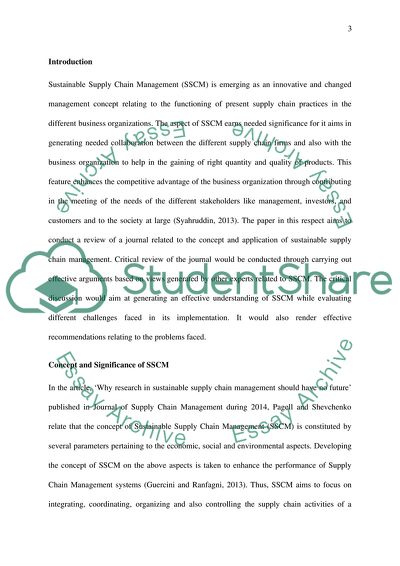Cite this document
(“Concept and Significance of SSCM Book Report/Review”, n.d.)
Concept and Significance of SSCM Book Report/Review. Retrieved from https://studentshare.org/information-technology/1841296-critical-review
Concept and Significance of SSCM Book Report/Review. Retrieved from https://studentshare.org/information-technology/1841296-critical-review
(Concept and Significance of SSCM Book Report/Review)
Concept and Significance of SSCM Book Report/Review. https://studentshare.org/information-technology/1841296-critical-review.
Concept and Significance of SSCM Book Report/Review. https://studentshare.org/information-technology/1841296-critical-review.
“Concept and Significance of SSCM Book Report/Review”, n.d. https://studentshare.org/information-technology/1841296-critical-review.


